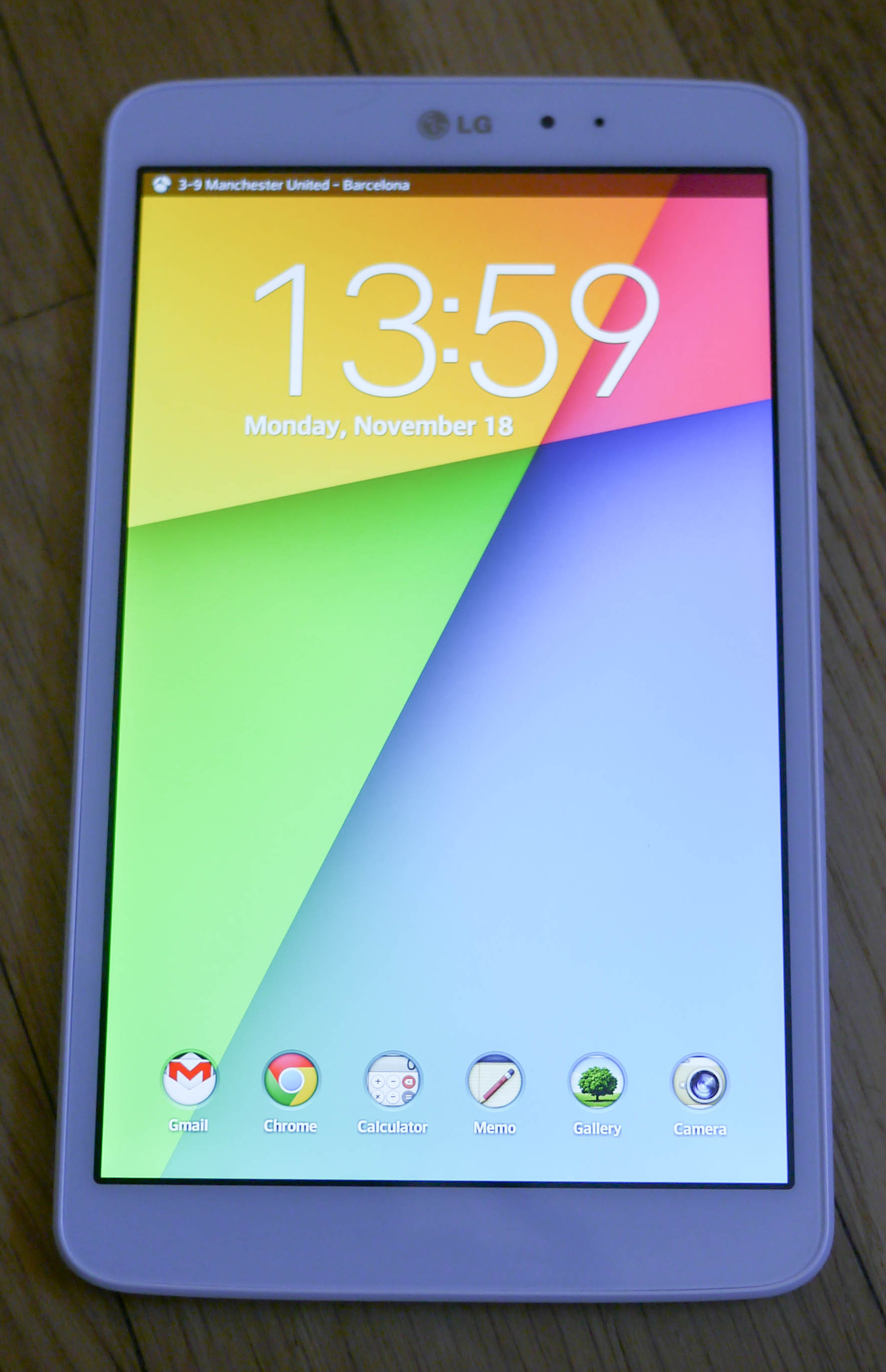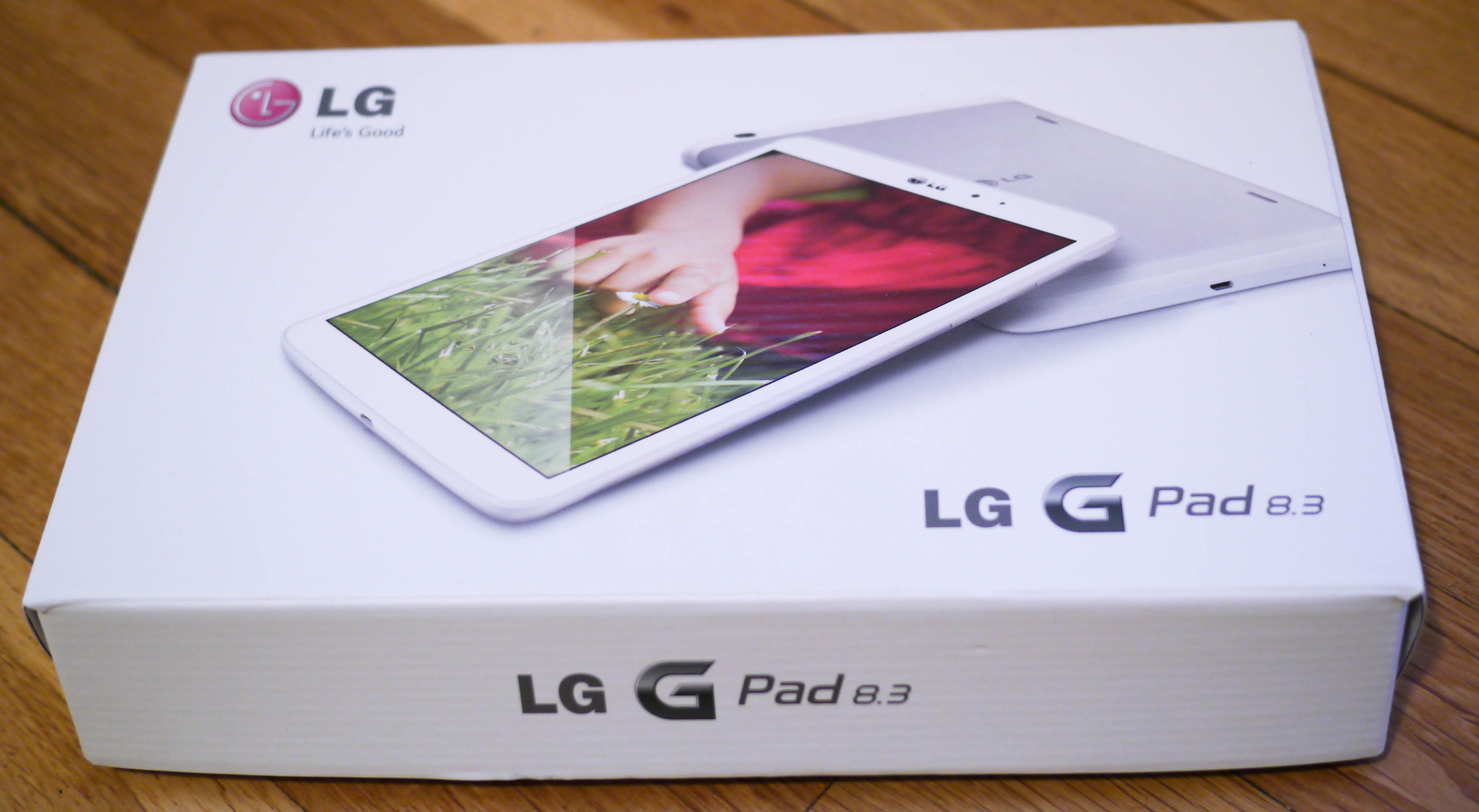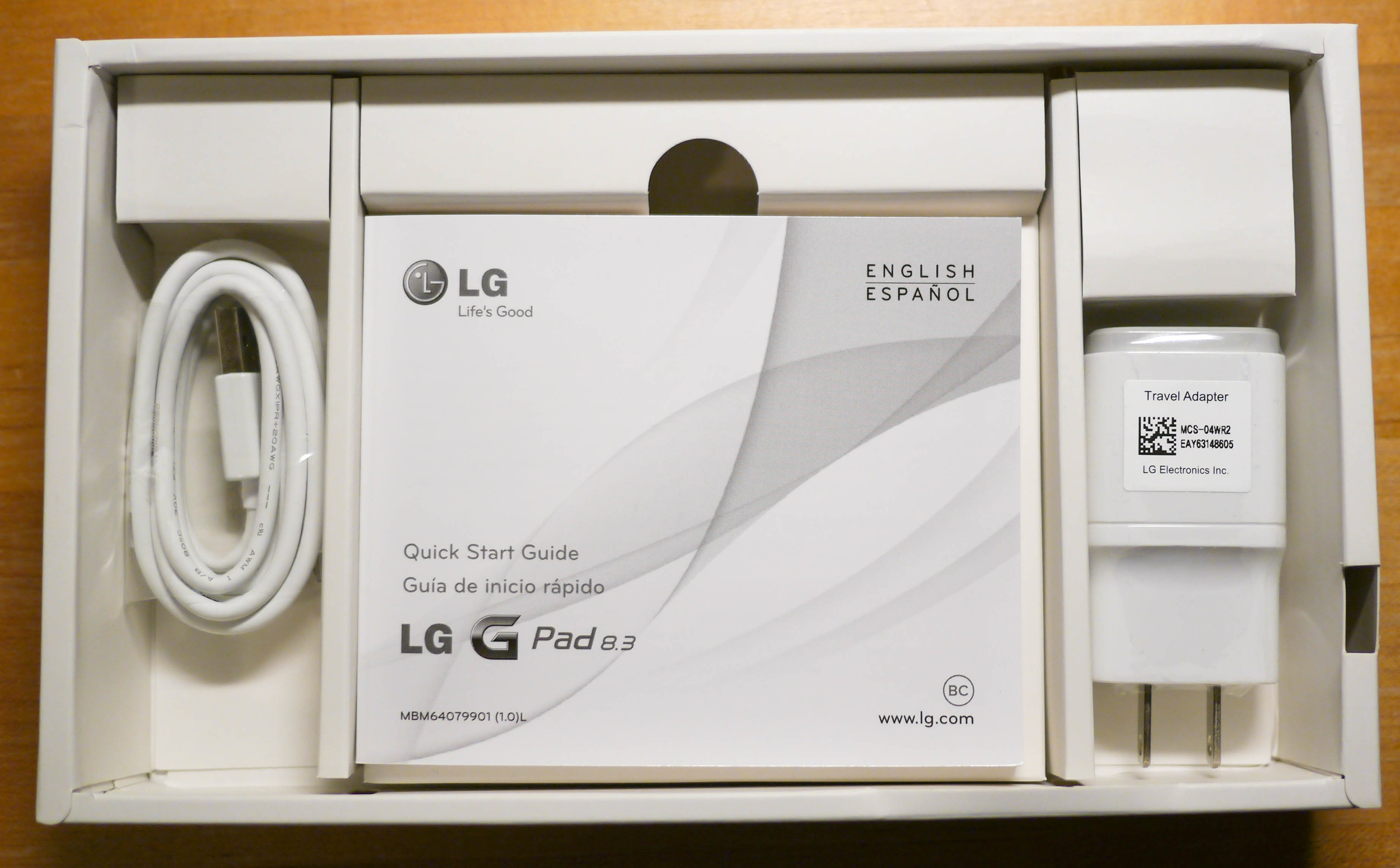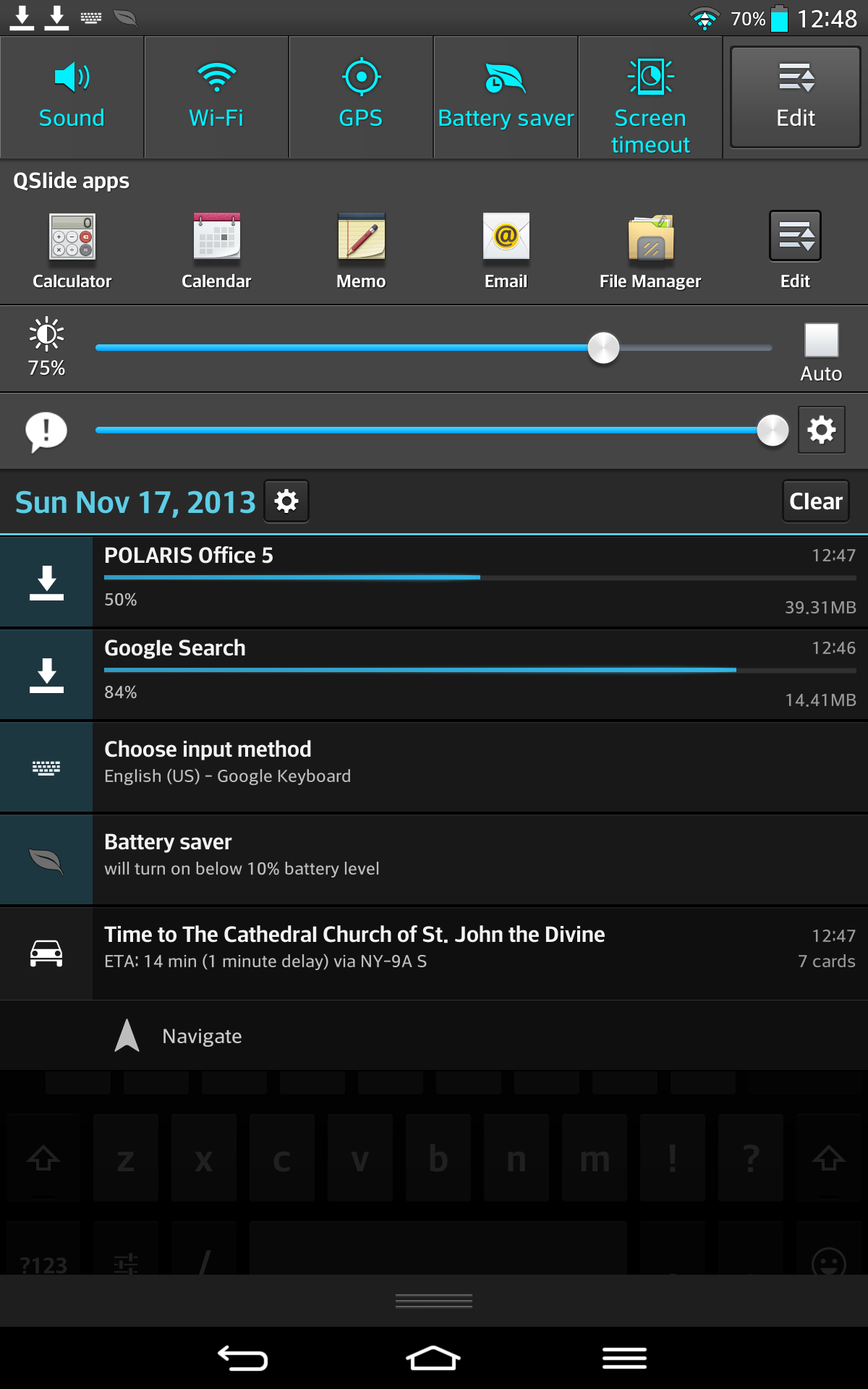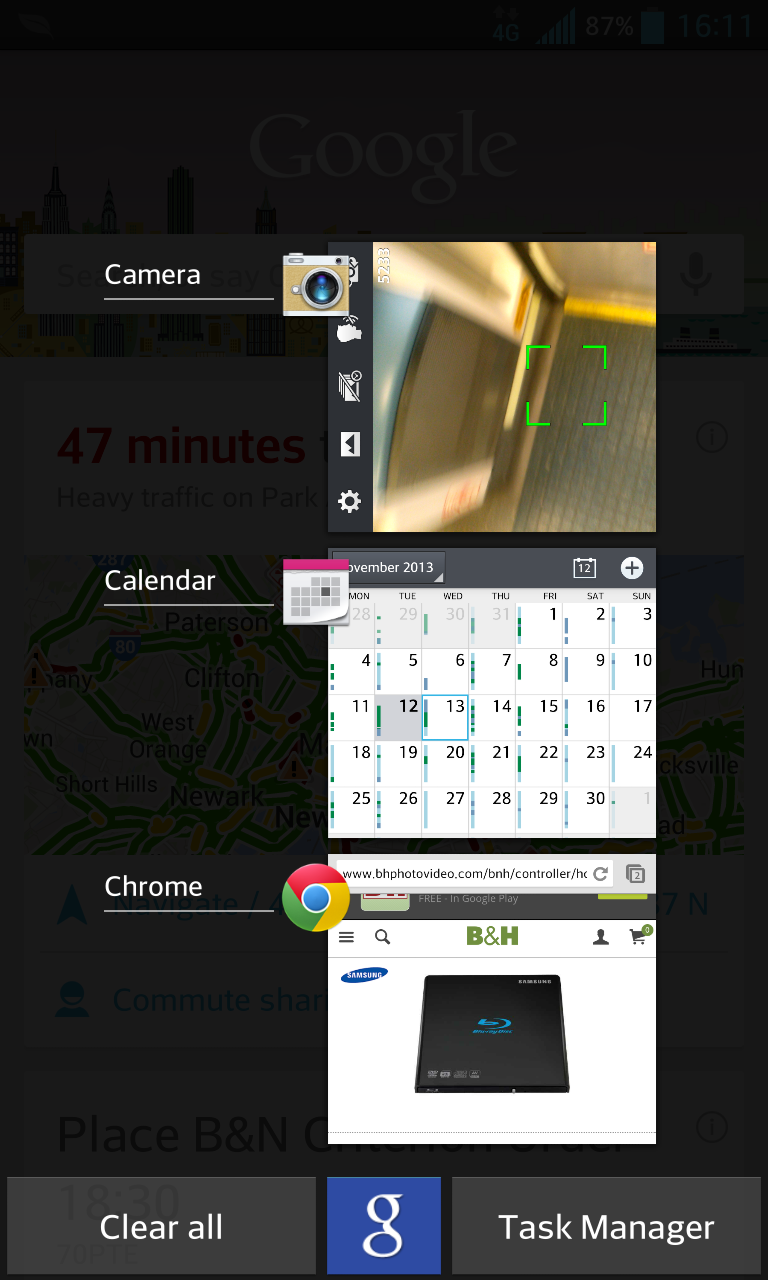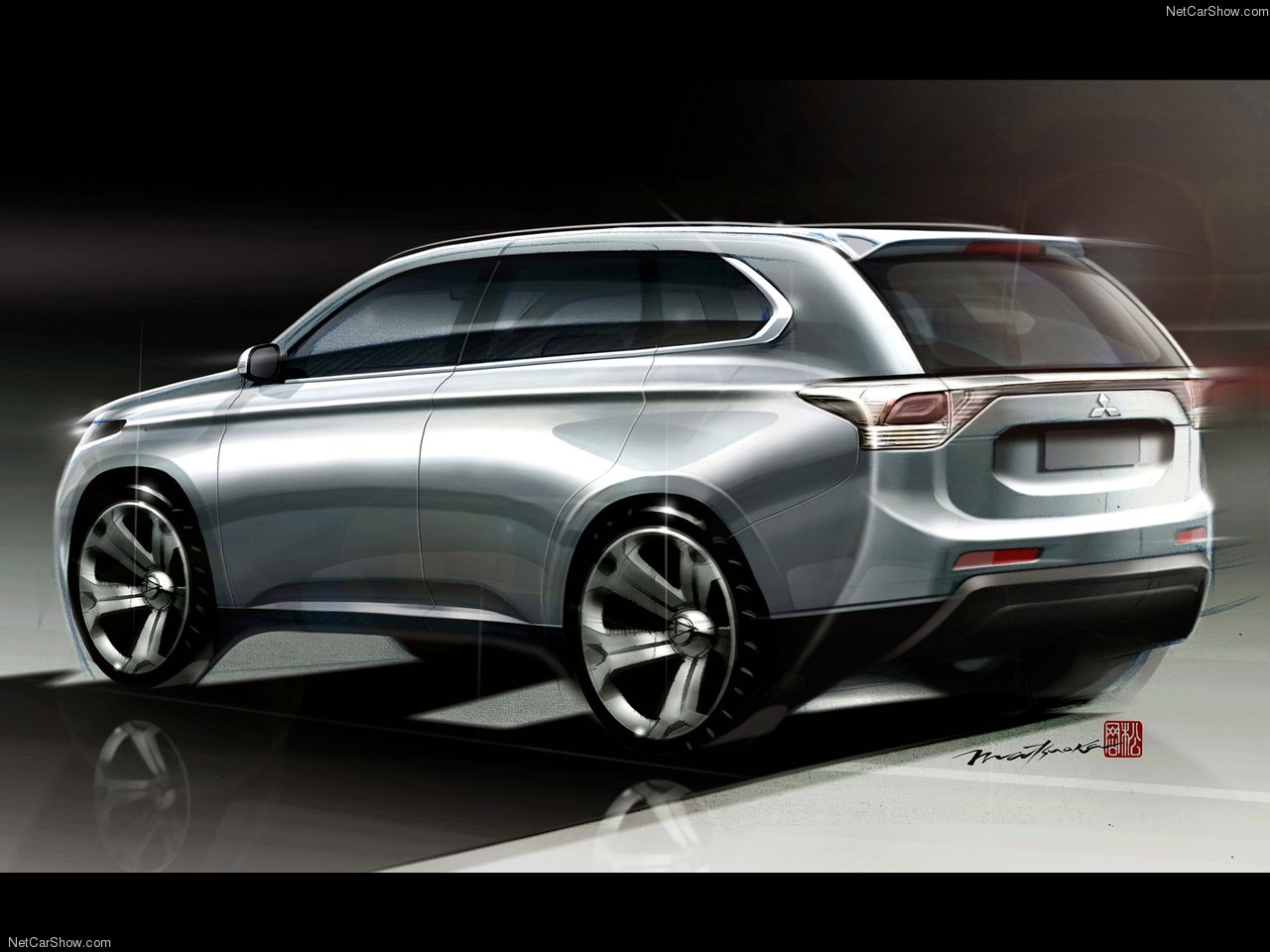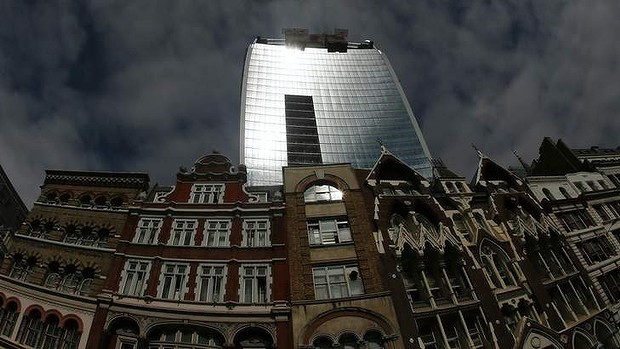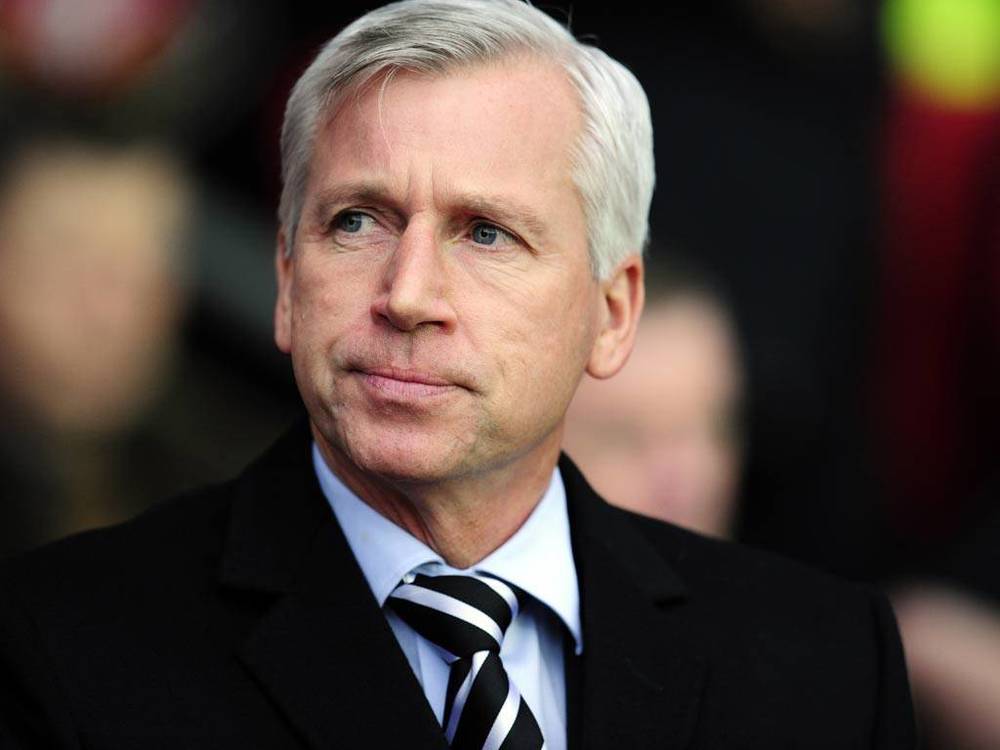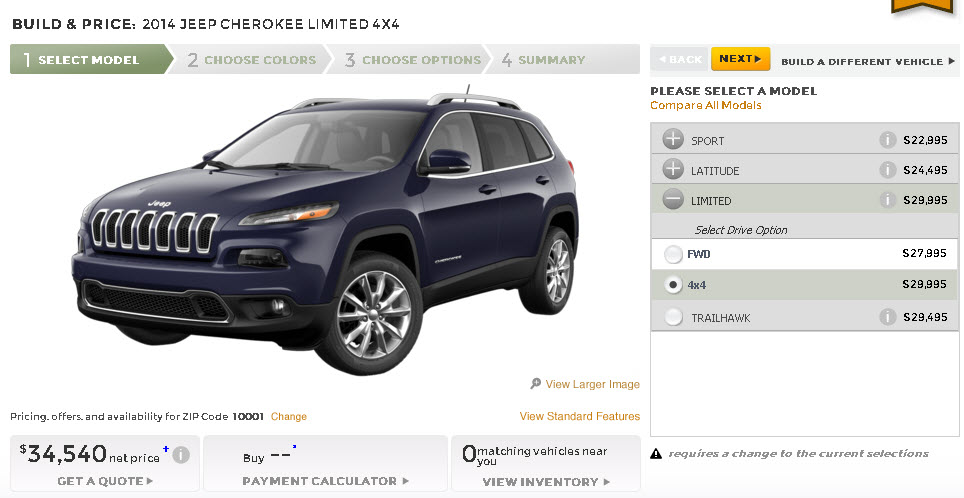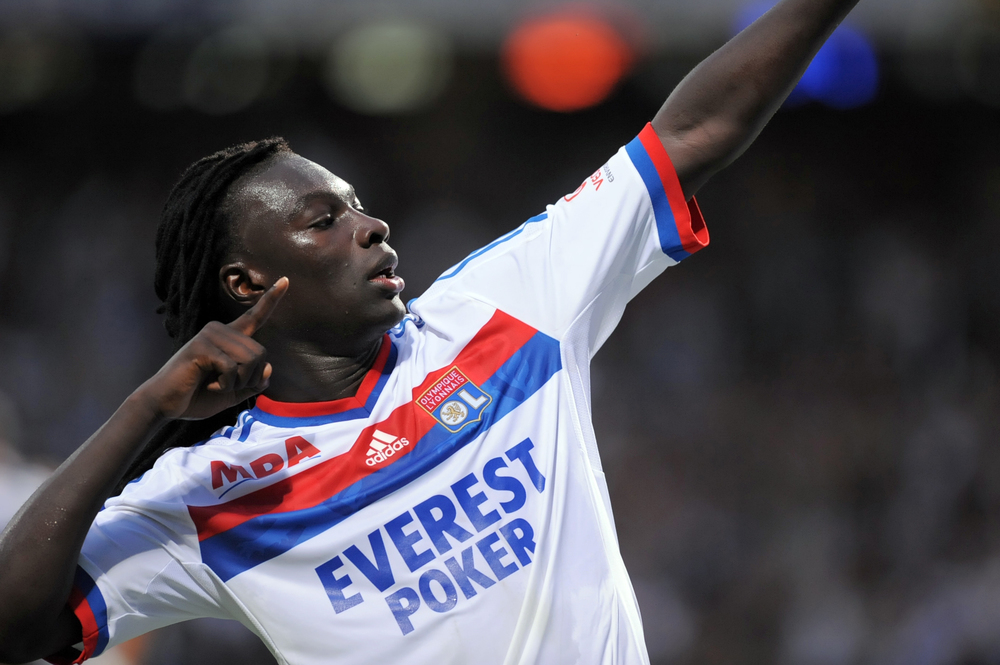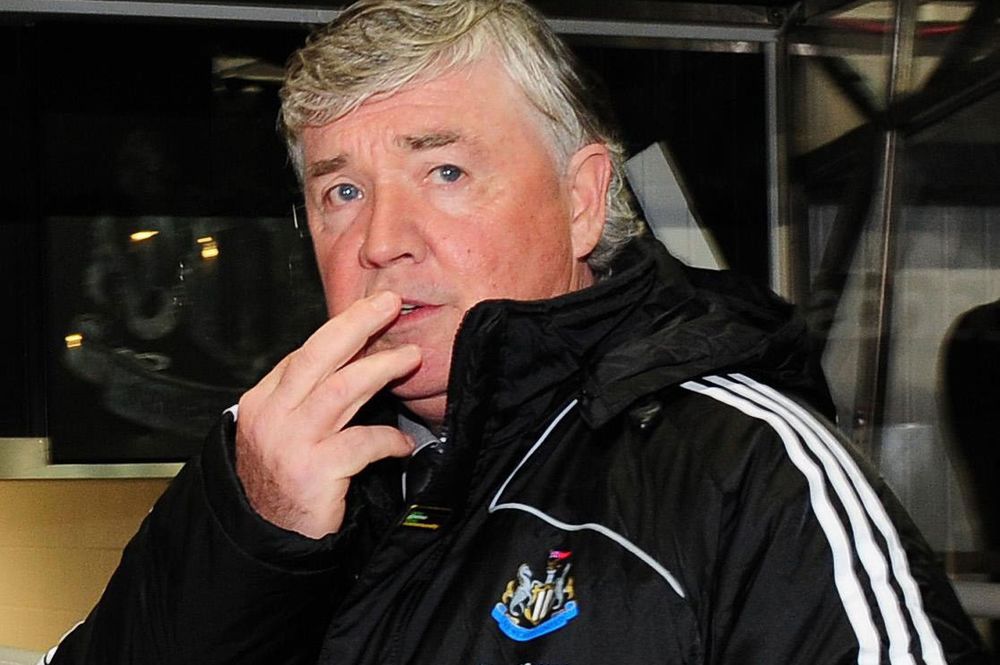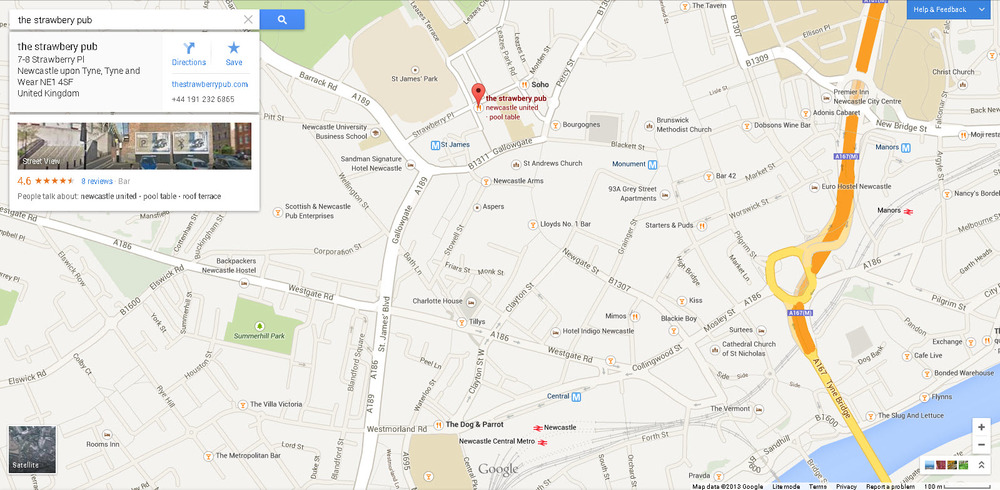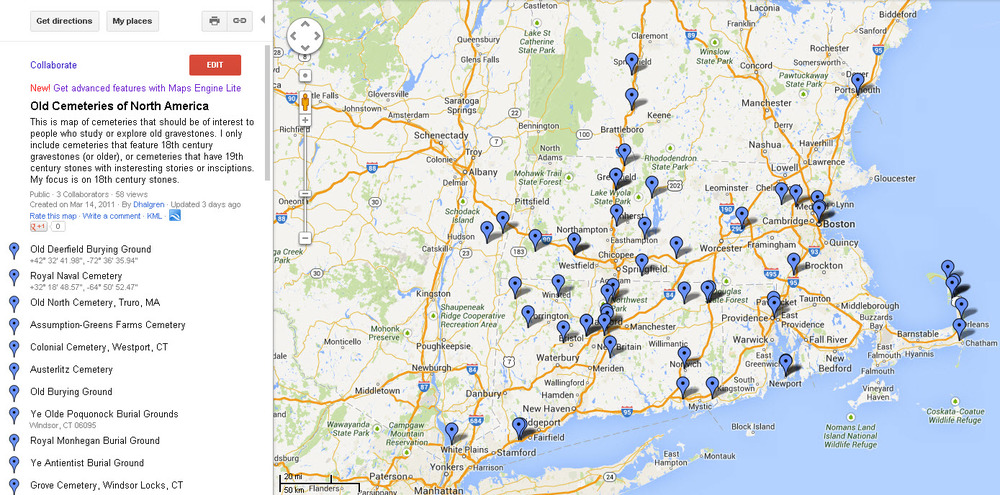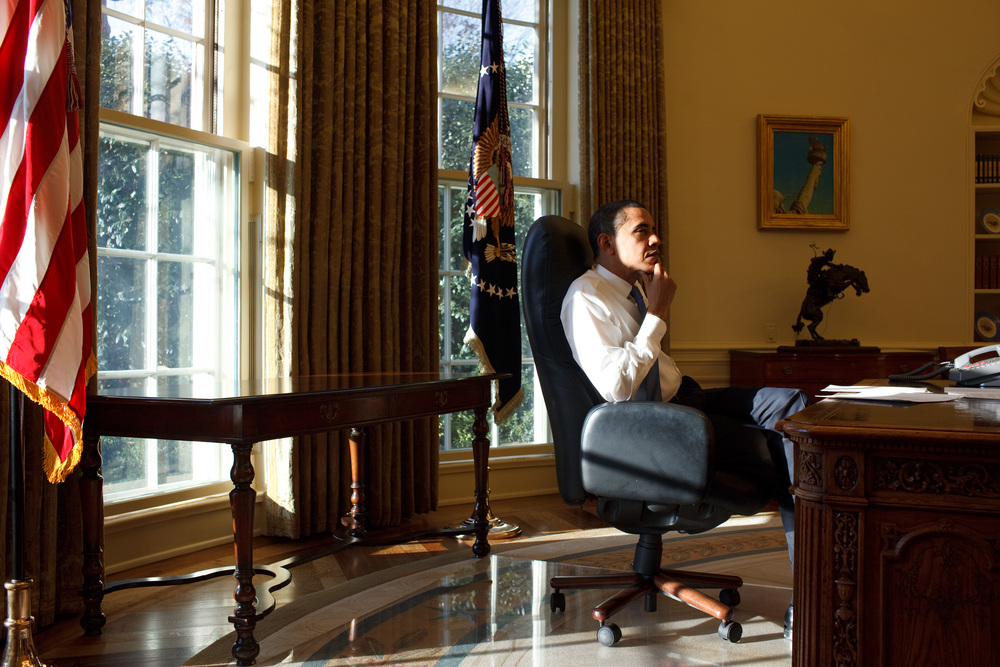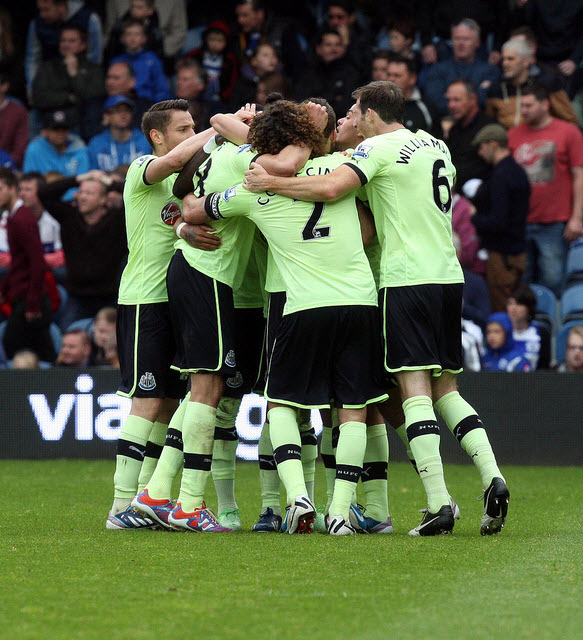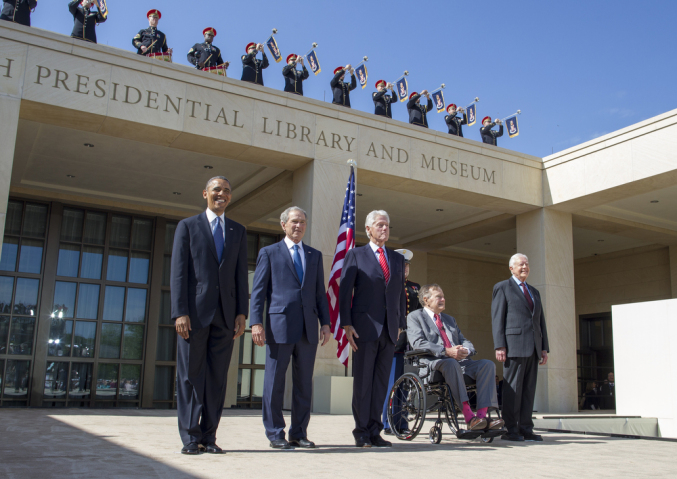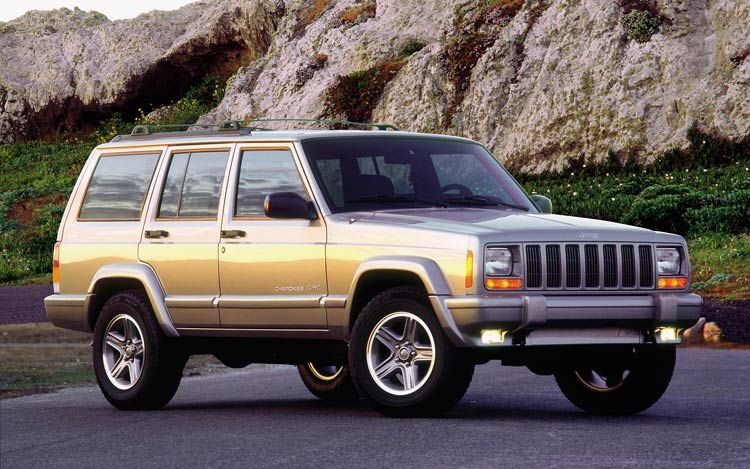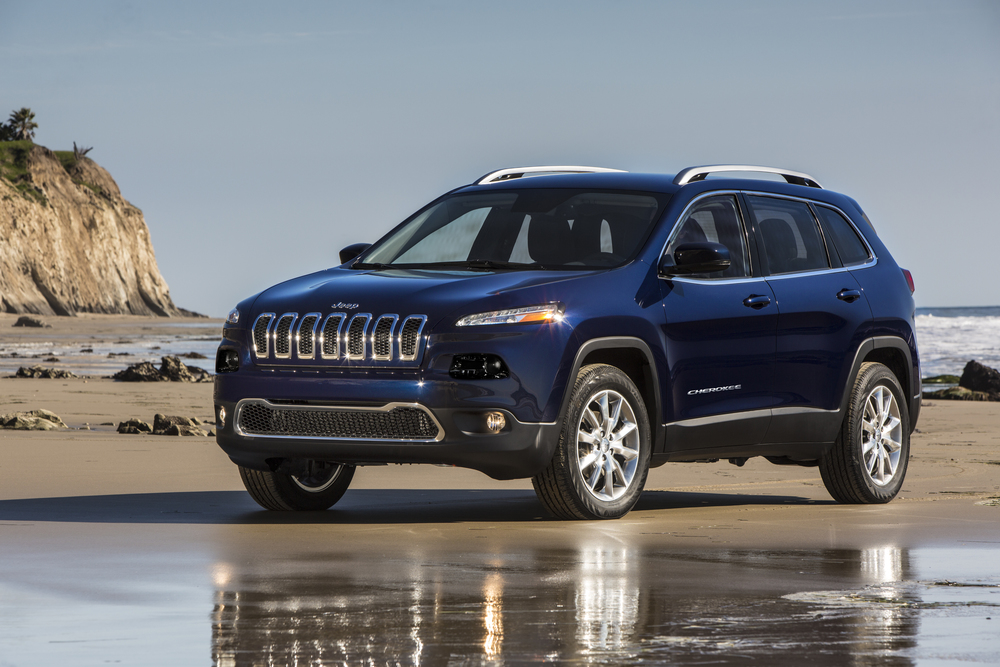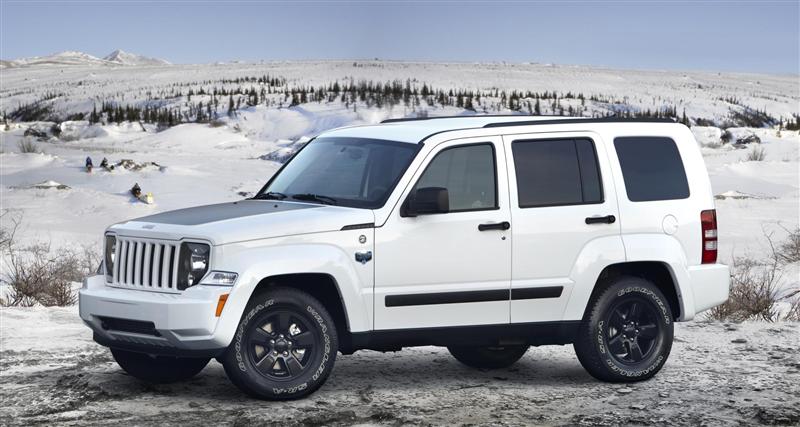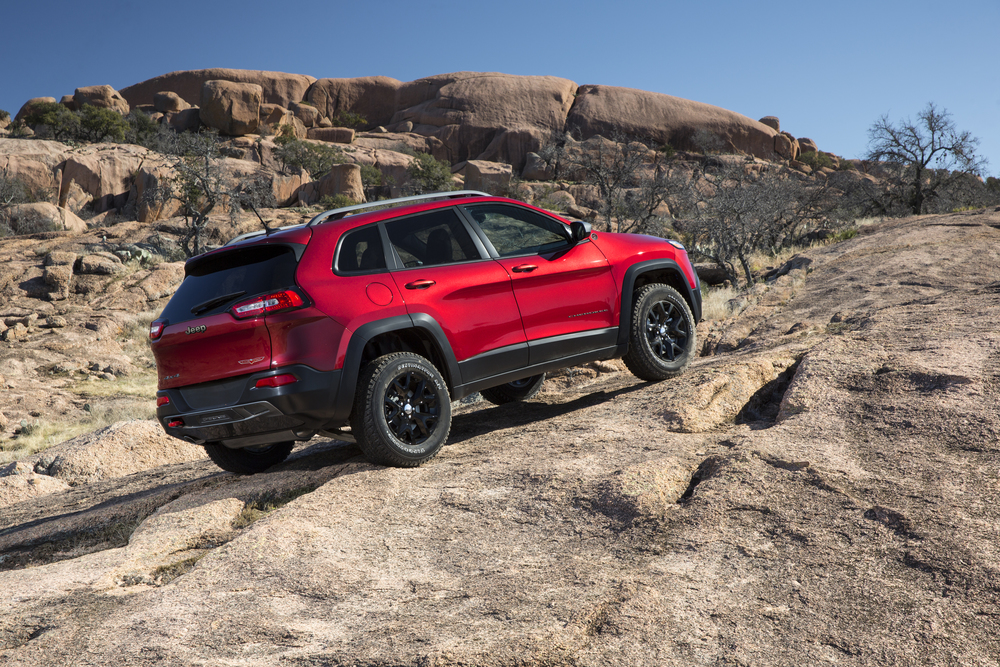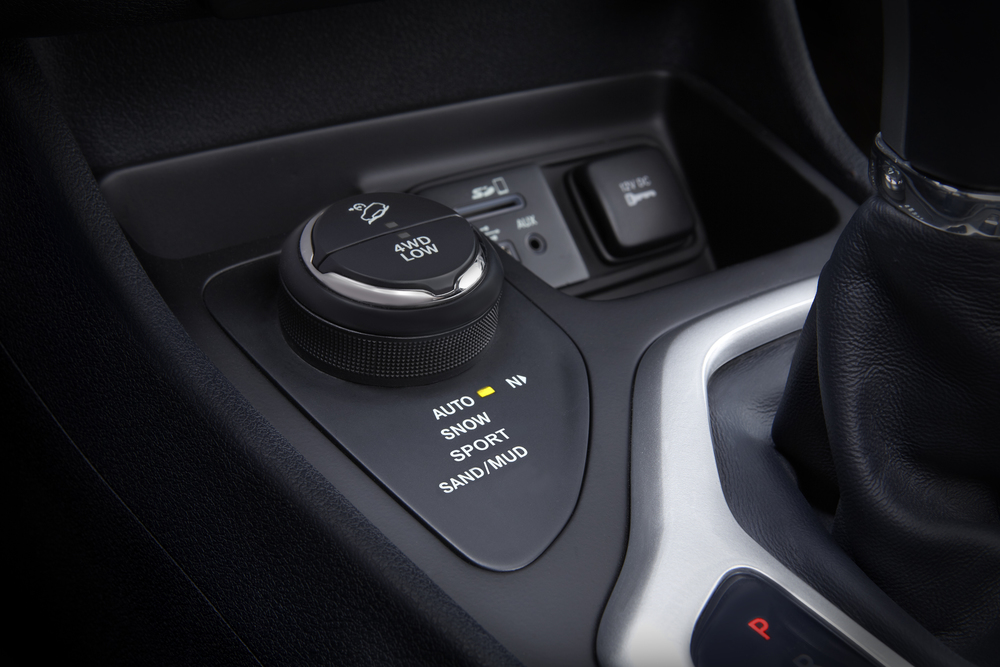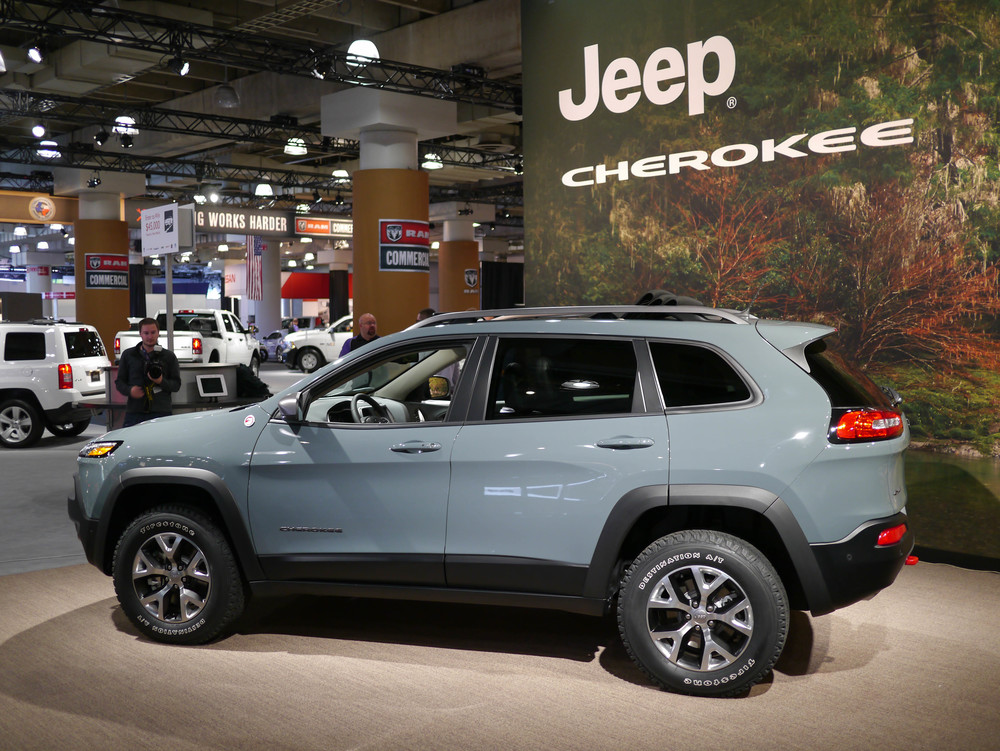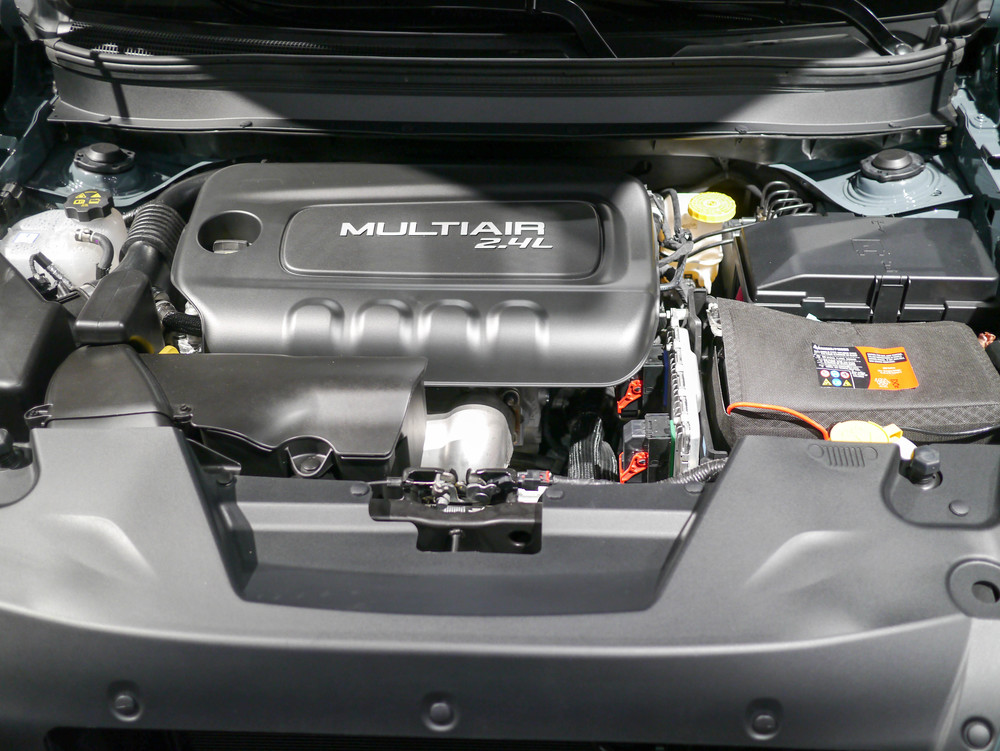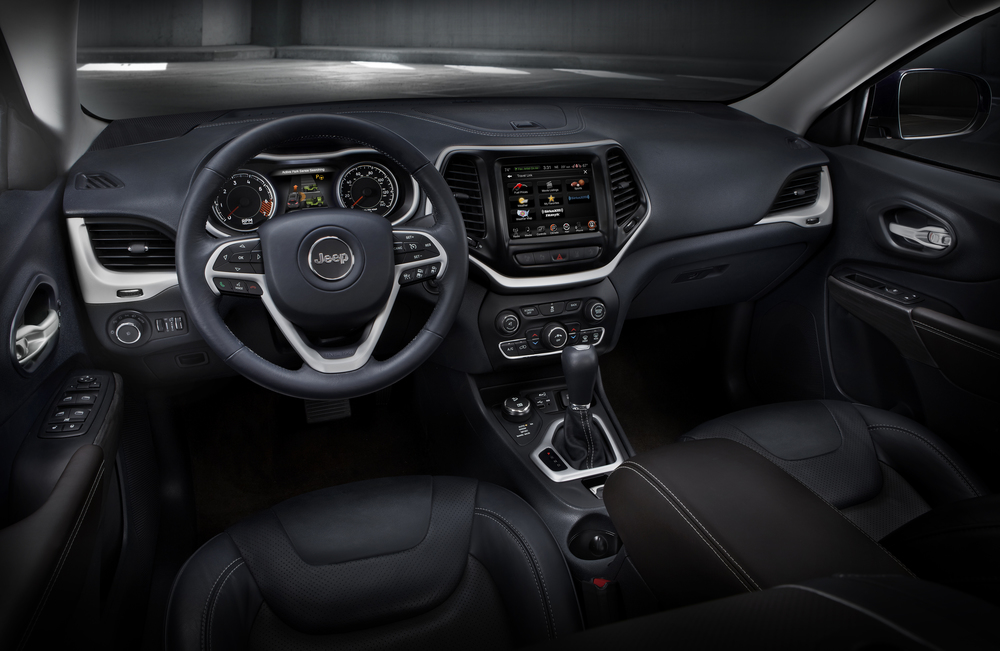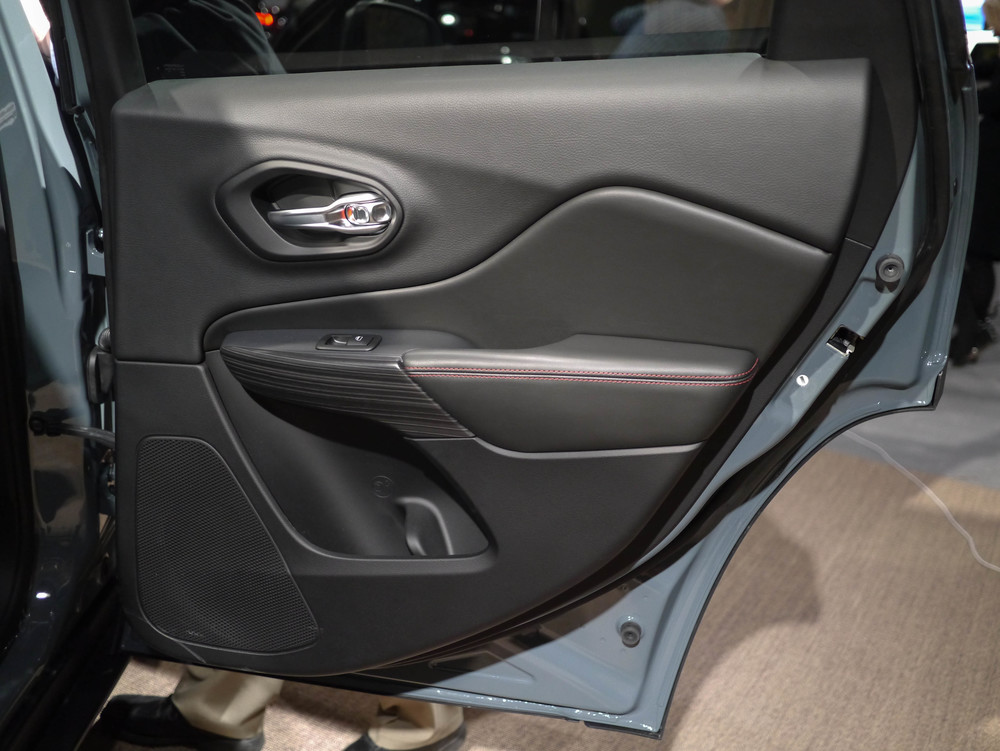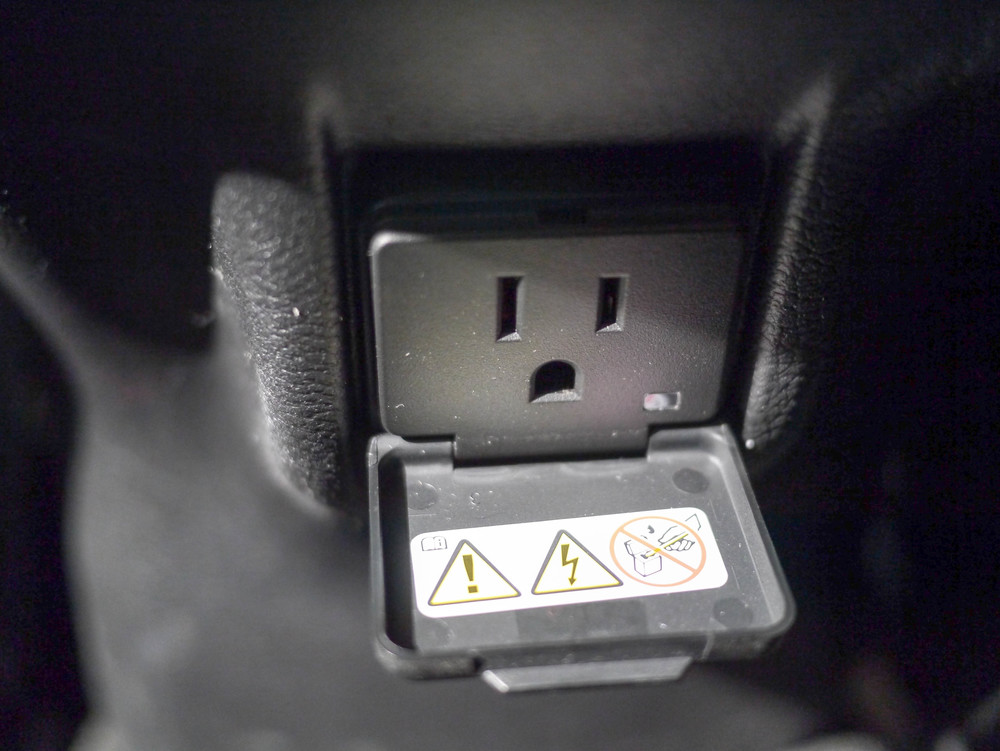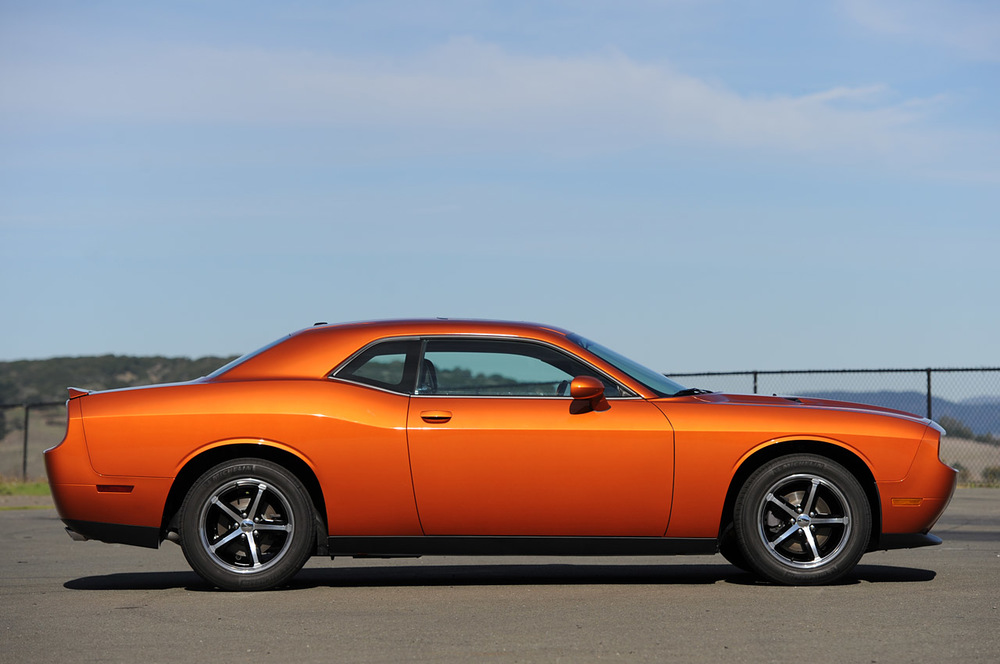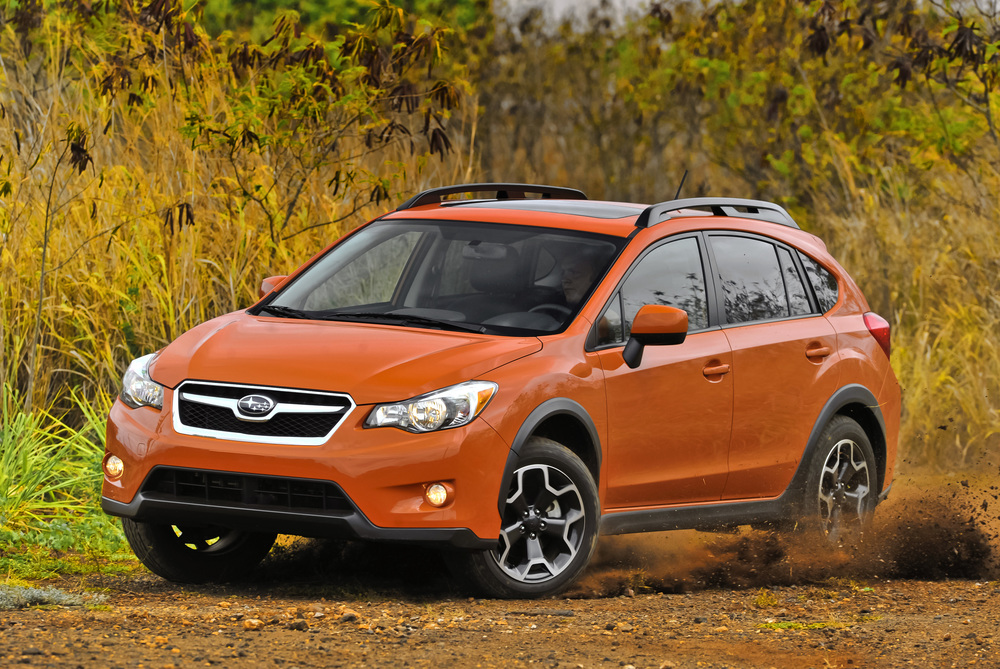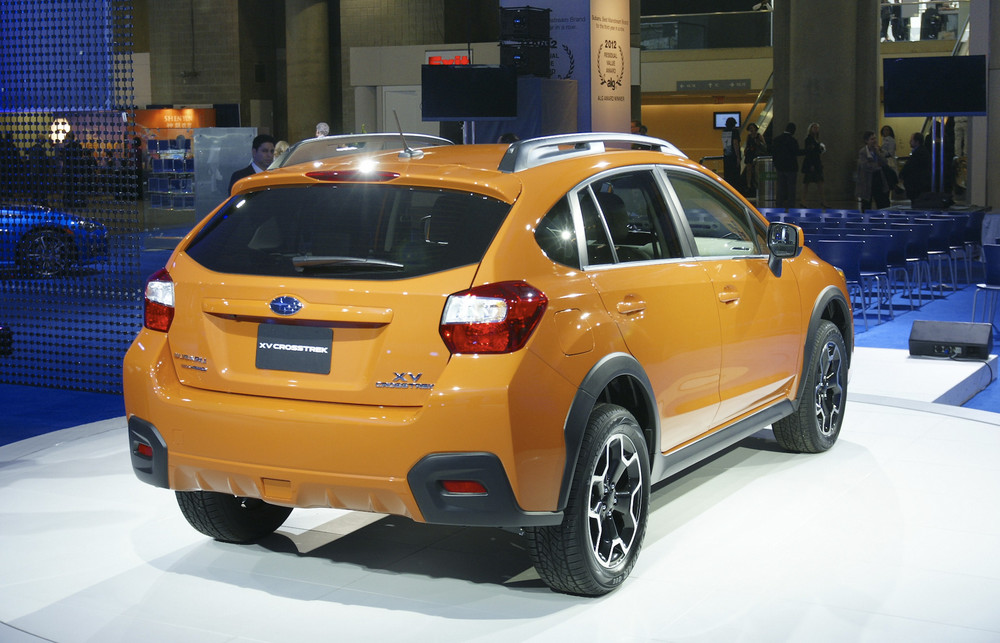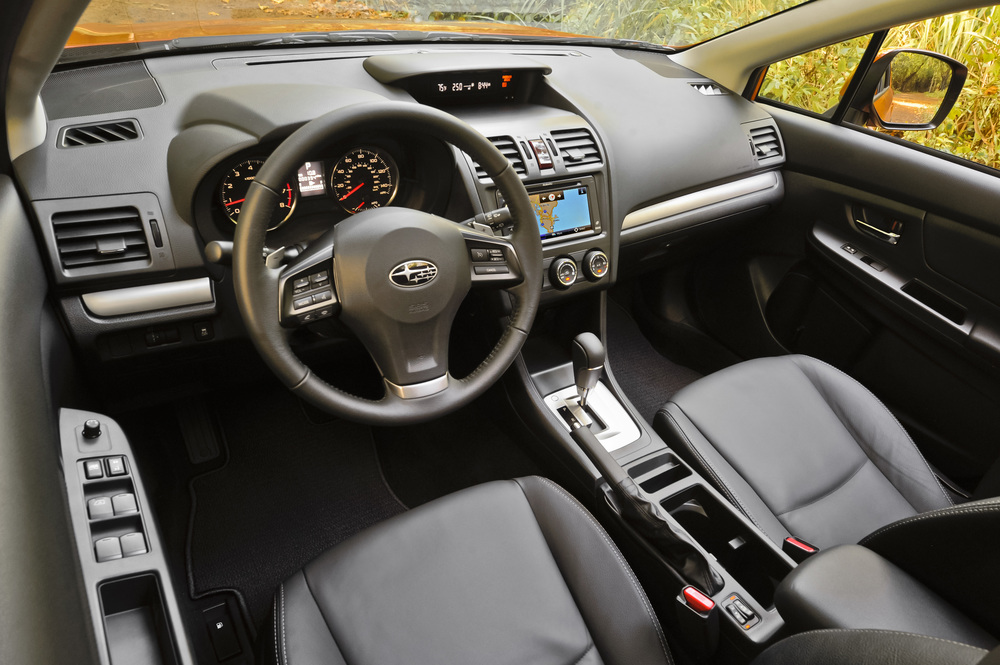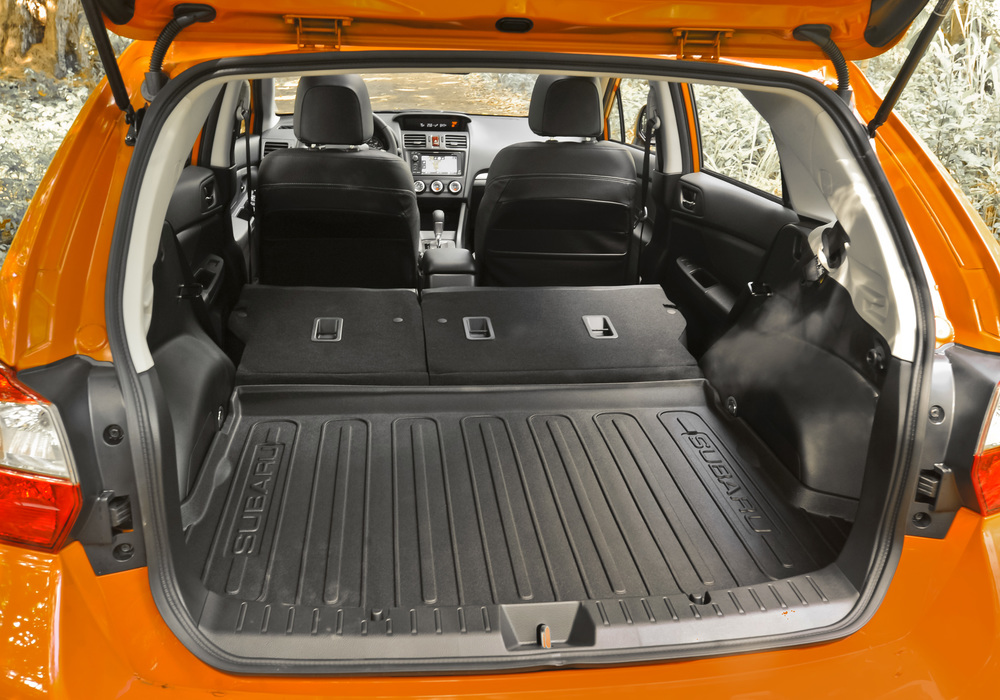Rear brake light lenses remind this author of the third generation Subaru Impreza.
The Outlander is no wider over the previous generation - a relatively narrow 71 inches (just an inch wider than my Hyundai Elantra Touring). It has actually shrunk in overall length by one inch to 183 inches. Because of this, and its reduced weight, it is classified by the EPA as a compact SUV, like the Subaru Forester. But in terms of overall dimensions, it should be considered a midsize SUV. It is very similar in dimensions to the Subaru Tribeca, Hyundai Santa Fe Sport, Chevy Captiva/Equinox, Kia Sorento, Dodge Journey, and Ford Edge. And of those vehicles, only the Outlander has a standard third row seat. In addition, the Outlander promises fuel economy equal to the Captiva and Santa Fe Sport, at about 25-28 MPG overall. Those are the Outlander’s key selling points, and the company can only hope American buyers take notice.
In the American three-row SUV market, the list is short, and the prices often creep above $35K. There’s the Chevy Traverse, Ford Explorer, Dodge Durango (essentially a lengthened Jeep Grand Cherokee), Hyundai Santa Fe Seven, Toyota Highlander, and Mitsubishi Outlander. With the lowest entry level sticker price of that group, the Outlander has an advantage it needs to market to death. It seems to be working. I’m seeing Outlander ads on TV again, marketed towards moms and dads alike (dads get a Monument Valley ad, moms get ads about the active safety technology). More important, I’m beginning to see the new Outlander here and there. I saw one at the Newport Folk Festival in July, and another in midtown Manhattan last week. So it is selling. But where is the cost cutting, and is it worth it to step up the premium model?
Not having driven the premium GT S-AWC model yet, I can’t comment on performance. But I spent some quality time in one at the 2013 New York International can make some observations conclusions about the overall package.
So what do you get for starters? Things you should expect for a contemporary crossover. The Outlander has independent suspension, four wheel disc brakes, steering wheel-mounted cruise and audio controls, an alloy engine, deep tint rear windows, and heated side view mirrors. So far so good.
The base model, the ES, gets a 2.4 liter I4 generating 166 horsepower, mated to a CVT. The jury is in on that combination: it’s efficient but sluggish, like the former Honda Element. The slightly more luxurious SE gets the same combo. The SE S-AWC also gets it, except it also gets a transfer case and center differential, for part-time all-wheel drive (or as Mitsubishi calls it, “Super All Wheel Control,” or S-AWC). I expect the SE S-AWC to be the best selling model, as it offers more convenience, safety, and luxury packages while retaining the 28MPG overall average. That’s the same average as the slightly smaller Chevy Captiva.
But the Grand Touring (GT) trim interests me the most, despite the high price. It swaps out the four banger and CVT for the 6B3 engine and a new 6-speed automatic transmission. Peak horsepower is only obtainable at high RPMs, but the overall noise and vibration is far lower compared to the ES andd SE trims. The GT also adds aluminum paddle shifters on the steering wheel and digital, dual zone climate control. S-AWC comes standard with the GT, as well as the option to lock all wheel drive at slow speeds. Don’t expect a 0-60 time of under 9 seconds, but do expect a quieter, more confident ride, as well as better road feedback and handling, which I greatly prefer. If the Outlander with the CVT feels slightly numb, like a first generation Nissan Murano, as I suspect, then I would hope the Outlander with the 6-speed feels more like a Hyundai Santa Fe sport. That would be a lot more fun.
There is a high price to pay for the upgraded drivetrain - about $5,000 more. And then, with the price nearing $30K, you might be tempted to get the Grand Touring options package, which adds heated leather seats, a sunroof, and the 710-watt audio system by Rockford Fosgate. That brings it to about $31K. If you go all the way and add Navigation, a power liftgate, and radar cruise control and speed limiter, it tops out around $34K. That’s about the price of a well equipped Santa Fe Sport with nearly the same features (minus the third row of seating, and substituting a turbocharged I4), or the price of an entry level Audi Q5 (also with a turbocharged I4). That’s premium territory, and critics have pointed out, it's a bit much for any Mitsubishi aside from the Lancer Evolution or Challenger.
Stepping inside the Outlander, you can see the critics have a point. The gauges are LED-illuminated, not electroluminescent (a premium feature these days). The steering wheel, while leather wrapped, is not small and beefy as is the trend today (see any current BMW, Audi, or the Jeep Grand Cherokee). The centerpiece of technology is the Rockford Fosgate radio/CD/NAV unit, which, since 2008, has always looked more like an aftermarket product than a factory installed option. But I am still in love with that unit. It’s among the best factory-provided satellite radio and navigation units available.

